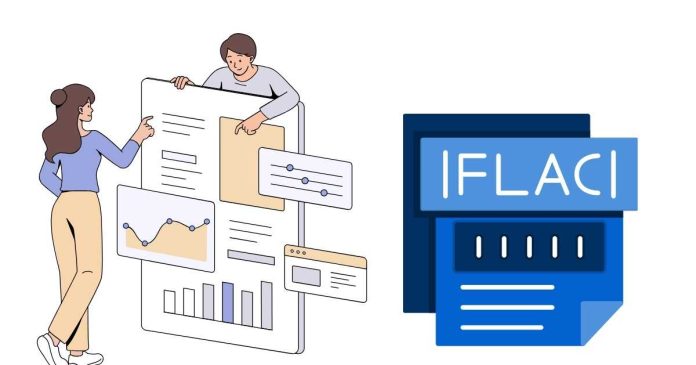The primary difference between lossless and lossy data compression lies in how they reduce file sizes and the quality of the original data after compression:
- Lossless Compression:
- Definition: It compresses data without losing any of the original information. After decompression, the file is identical to its original form.
- Use case: It’s used where preserving the exact data is important, such as in text files, software programs, or some image formats (like PNG).
- Examples: ZIP files, PNG images, FLAC audio.
- Efficiency: The compression ratio is typically lower compared to lossy compression, meaning the file size doesn’t shrink as much.
- Lossy Compression:
- Definition: It compresses data by discarding some of the original information, which results in a loss of quality. The decompressed data may differ from the original but is usually still close enough for practical use.
- Use case: It’s used when smaller file sizes are needed and some loss of quality is acceptable, such as in audio and video streaming or image sharing.
- Examples: JPEG images, MP3 audio, MPEG video.
- Efficiency: The compression ratio is much higher, meaning the file size is reduced more significantly, but at the cost of some quality degradation.
In short:
- Lossless = No loss in quality, exact replica after decompression.
- Lossy = Some loss in quality for much better compression and smaller file sizes.


